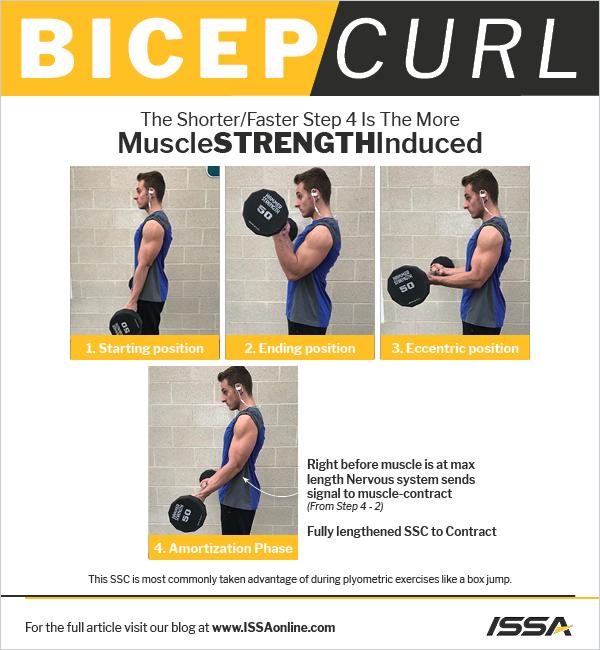In the quest for improved fitness and effective weight management, tempo training emerges as a powerful ally, offering a dynamic way to boost calorie expenditure while enhancing overall workout efficiency. By strategically adjusting the pace of your exercises, tempo training not only challenges your muscles in new and exciting ways but also maximizes the energy your body uses, leading to increased calorie burn. This article will guide you through the fundamentals of tempo training, equipping you with practical techniques to seamlessly incorporate this method into your fitness routine. Whether you’re a seasoned athlete or a fitness enthusiast eager to optimize your workouts, embracing tempo training can propel you toward your health goals with renewed vigor and enthusiasm. Let’s explore how this innovative approach can transform your exercise regimen and elevate your path to wellness.
Understanding Tempo Training and Its Benefits
Tempo training is an innovative approach that can significantly boost your calorie burn by altering the pace at which you perform exercises. This method involves manipulating the speed of each phase of a movement, usually broken down into eccentric (lowering), isometric (pause), and concentric (lifting) phases. By deliberately slowing down or speeding up these phases, you not only engage your muscles more effectively but also elevate your heart rate, enhancing overall energy expenditure.
- Enhanced Muscle Engagement: By focusing on each phase, you recruit more muscle fibers, leading to increased strength and endurance.
- Improved Mind-Muscle Connection: The deliberate pace encourages you to concentrate on form and technique, which can translate into better performance and reduced injury risk.
- Increased Time Under Tension: Extending the duration your muscles are under tension maximizes the metabolic demand, resulting in a higher calorie burn both during and after your workout.
- Variety and Challenge: Introducing tempo variations keeps your workouts fresh and challenging, preventing plateaus and maintaining motivation.

Designing Your Personalized Tempo Training Routine
To effectively craft your personalized tempo training routine, it’s essential to tailor it to your fitness level and goals. Begin by identifying the key exercises you enjoy and which target the muscle groups you wish to focus on. Consider incorporating a mix of compound and isolation movements to ensure a comprehensive workout. Remember, the essence of tempo training lies in controlling the pace of each repetition, which can be broken down into four distinct phases: eccentric, pause at the bottom, concentric, and pause at the top. Adjusting the duration of these phases can significantly impact calorie burn and muscle engagement.
- Assess your current fitness level: Begin with exercises you are comfortable with and gradually introduce more challenging movements as you progress.
- Set clear objectives: Define what you want to achieve with tempo training, whether it’s increased strength, endurance, or calorie burn.
- Select the right tempo: A common tempo to start with is 3-0-3-0 (three seconds eccentric, no pause, three seconds concentric, no pause), but you can adjust this to suit your goals.
- Monitor your progress: Keep track of your performance and make adjustments as needed to ensure continuous improvement.
By customizing your tempo training routine, you not only enhance your workout experience but also maximize the potential for calorie expenditure. With a clear focus and consistent practice, you’ll be well on your way to achieving your fitness goals.

Maximizing Calorie Burn with Strategic Tempo Variations
Integrating tempo variations into your workout routine is a powerful method to amplify your calorie burn. By adjusting the speed of your movements, you can engage different muscle fibers and enhance metabolic demand. Faster tempos can spike your heart rate, leading to increased cardiovascular output, while slower tempos demand more control and muscle engagement, boosting muscular endurance and strength.
To effectively utilize tempo training, consider the following strategies:
- Mix it up: Incorporate both fast and slow tempos within a single workout to challenge your body in diverse ways.
- Time under tension: Slow down the eccentric phase of exercises to increase the time muscles are under load, thus burning more calories.
- Interval training: Alternate between quick, explosive movements and slower, controlled exercises to keep your body guessing and metabolism high.
By strategically varying your tempo, you not only enhance calorie expenditure but also break the monotony of routine workouts, keeping them exciting and dynamic.

Incorporating Tempo Training into Your Fitness Plan for Lasting Results
Tempo training, an often overlooked yet highly effective method, can significantly enhance your fitness routine by increasing calorie expenditure. By manipulating the speed at which you perform each phase of an exercise, you can transform a simple workout into a powerful fat-burning session. This technique not only boosts your metabolism but also engages more muscle fibers, leading to greater energy expenditure. When integrating tempo training into your routine, consider the following tips:
- Control the Eccentric Phase: Slow down the lowering phase of your exercises. For instance, take three to four seconds to lower a weight during a squat or push-up. This increased time under tension can lead to more calories burned as your muscles work harder to control the movement.
- Explosive Concentric Movements: Focus on executing the lifting or pressing phase quickly. This contrast in speed can improve your muscle power and increase the intensity of the workout, further enhancing calorie burn.
- Adjust Rest Periods: Incorporate shorter rest intervals between sets to maintain a high heart rate and metabolic rate, which helps in maximizing calorie expenditure.
By thoughtfully incorporating tempo variations, you not only boost your calorie burn but also improve muscle endurance and strength, setting the stage for lasting fitness results. Embrace the challenge and witness your progress accelerate!
